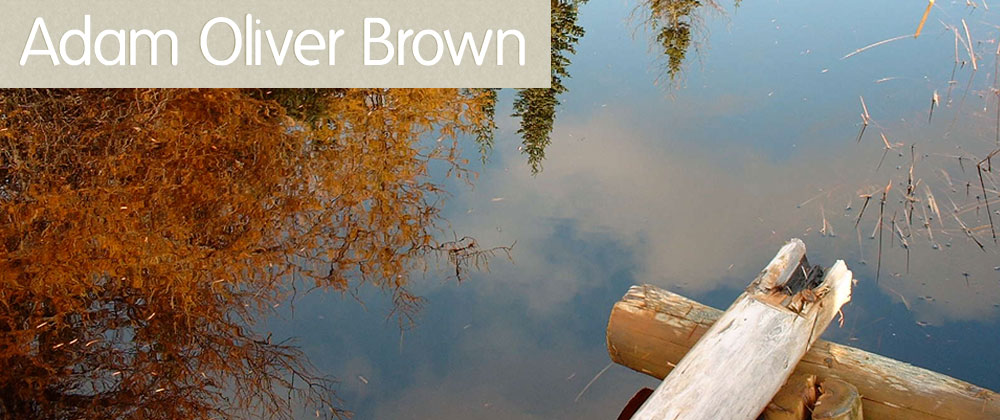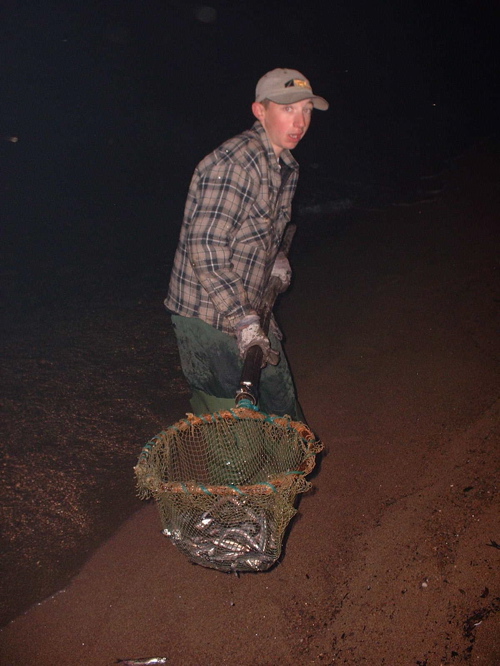Cranberry
 The perrenial cranberry (Vaccinium macrocarpon) is an important agricultural crop in North America, particularly in New England, British Columbia and Quebec. Due to the fact that the reproductive stems produce more flowers than ever develop into fruit, farmers are constantly looking for ways to increase their yield, often resorting to expensive additions of chemical fertilizers and the introduction of domesticated pollinators.
The perrenial cranberry (Vaccinium macrocarpon) is an important agricultural crop in North America, particularly in New England, British Columbia and Quebec. Due to the fact that the reproductive stems produce more flowers than ever develop into fruit, farmers are constantly looking for ways to increase their yield, often resorting to expensive additions of chemical fertilizers and the introduction of domesticated pollinators.
We have studied the factors that influence the production of fruit in cranberry. By looking at pollination vs. nutrient allocation within plants as they relate to temporal allocation along the fruiting stem, we have shown that an over production of flowers in cranberry is an adaptive strategy to optimize reproductive effort by 1) selectively aborting fruit and/or seeds of an inferior quality, 2) having a back-up mechanism to compensate for periods of insufficient pollination or nutrient availability and to 3) sire fruit and seeds on other plants.
This evolved fruiting architecture in cranberry plants may limit the maximum yield of a cranberry harvest but it also implies that additional fertilizer nutrients or pollination services may be considered an unnecessary expense.
In light of these results, cranberry farmers are advised to maintain habitat around their farms that would promote the development of communities of native biodiversity. This native biodiversity would include pollinators, predators and parasitoids that could provide the ecosystem services that are essential to agriculture, such as pollination and pest control.
See:
Brown, A.O. and J.N. McNeil. 2006. Fruit production in cranberry (Vaccinium macrocarpon Ait.): a bet-hedging strategy to optimize reproductive effort. American Journal of Botany. 93: 910-916. (download pdf)



